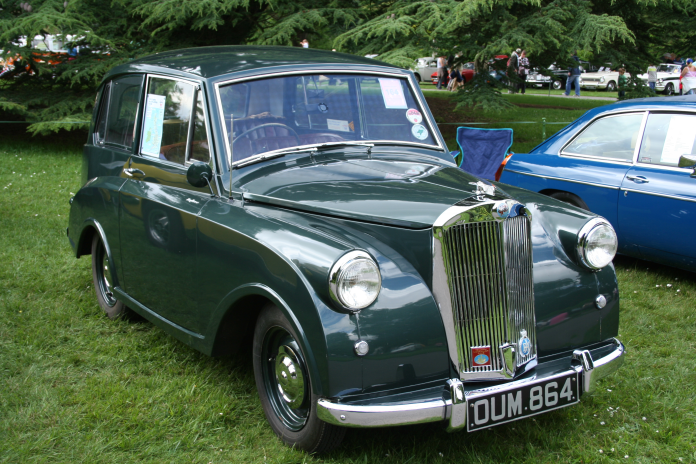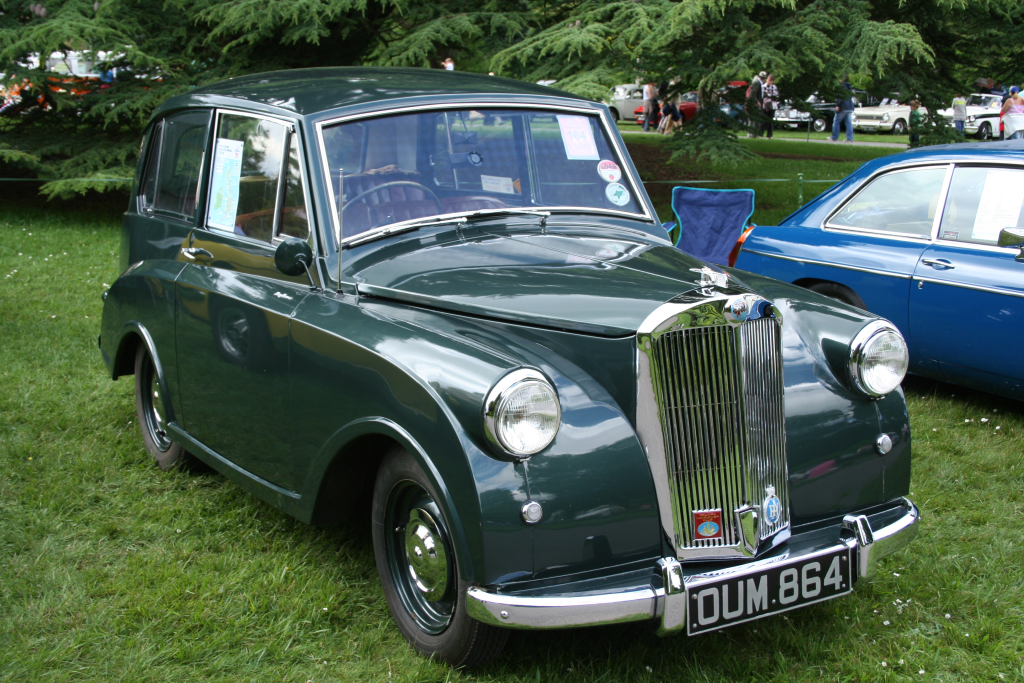
It’s worse when it’s remembered for all the wrong reasons. History has witnessed some cars cross over from mere mechanical malfunction to represent lack of taste in their time, poor engineering, or sheer danger. These are the cars that left owners stranded, embarrassed, or worse still and saw manufacturers scrambling to offer apologies.
From postwar excesses to corporate arrogance, every one of these automobiles has a tale to tell of the times that gave them life. Some were conceived in hasty timeline, others in fanciful promotion, and some through political or economic forces that simply were not capable of producing a workable vehicle. They have only the staying power of a legacy that continues to elicit the giggles, wonder, and occasional chill. Here are 14 of the most terrible ‘jerk’ cars to ever hit the highways.
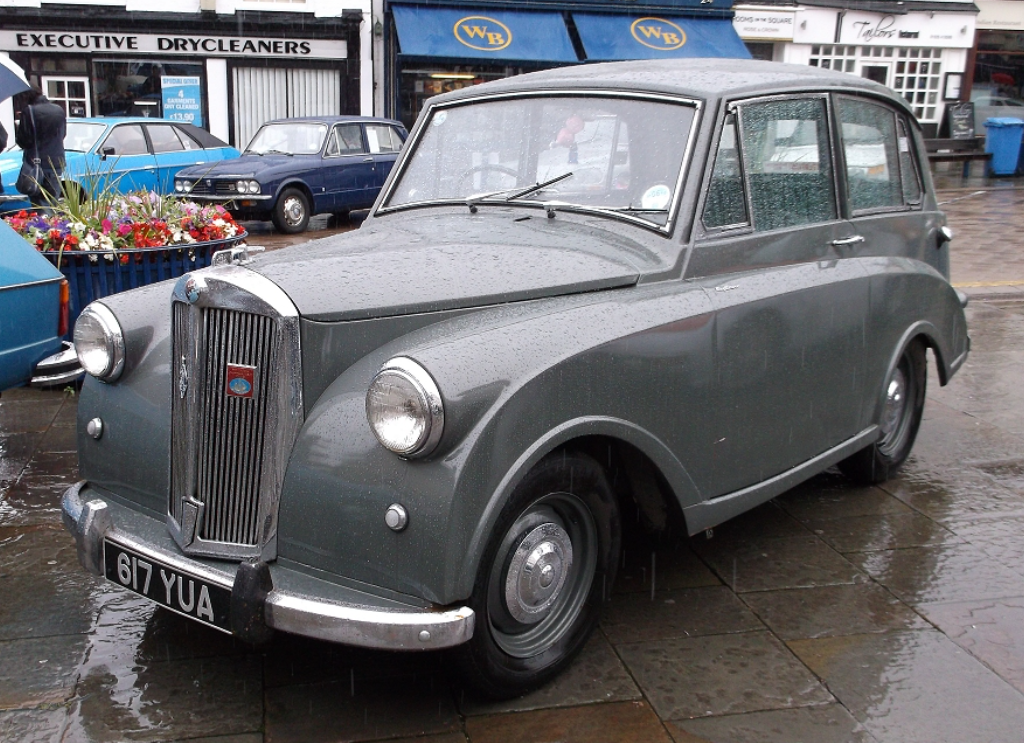
1. Triumph Mayflower (1949–53)
Made to look like a “luxury small” vehicle for an America beset with love of bigness, the Mayflower’s reduced Rolls-Royce actually looked more like a funhouse mirror-reflection limousine. Critics such as James May decried it as “the ugliest car ever built,” and its Standard Ten-powered engine struggled to propel the heavy body past a speed of more than 63 mph. The struggle between desire and reality put it on several ‘worst car’ lists.
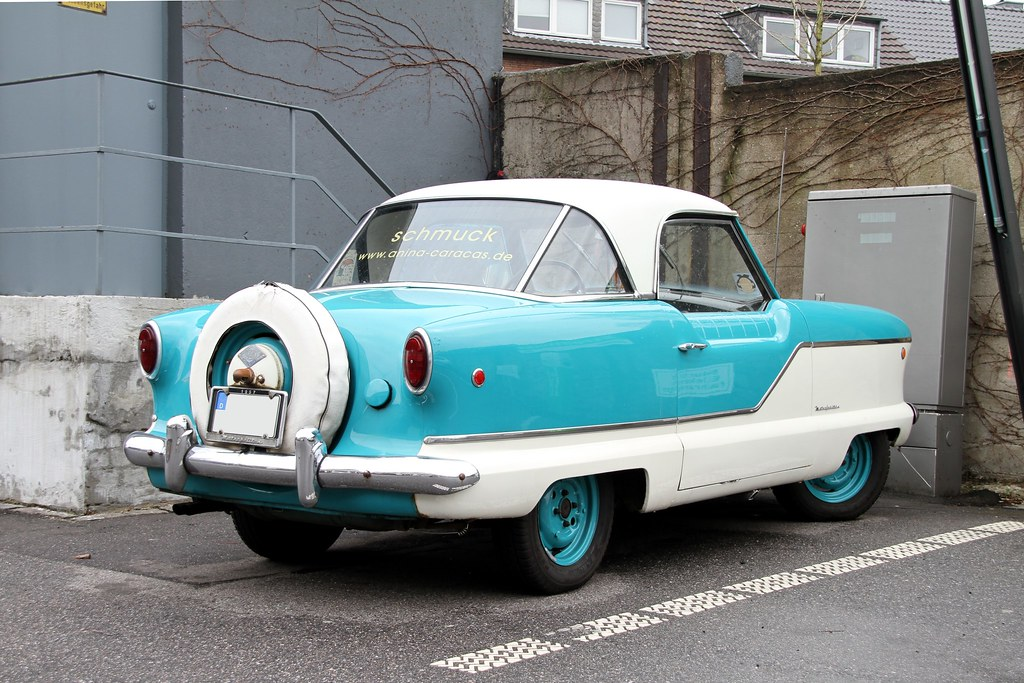
2. Nash/Austin Metropolitan (1954–62)
Designed as a fashionably compact runabout for city dwellers, the Metropolitan was built in Britain to be exported to America but did not cut the mustard on either continent. Its tiny dimensions, disappointing performance, and instability led The Independent‘s Brian Sewell to describe it as “one of the nastiest cars ever made.” Though eventually loved by a cult, it was a commercial failure of the era.
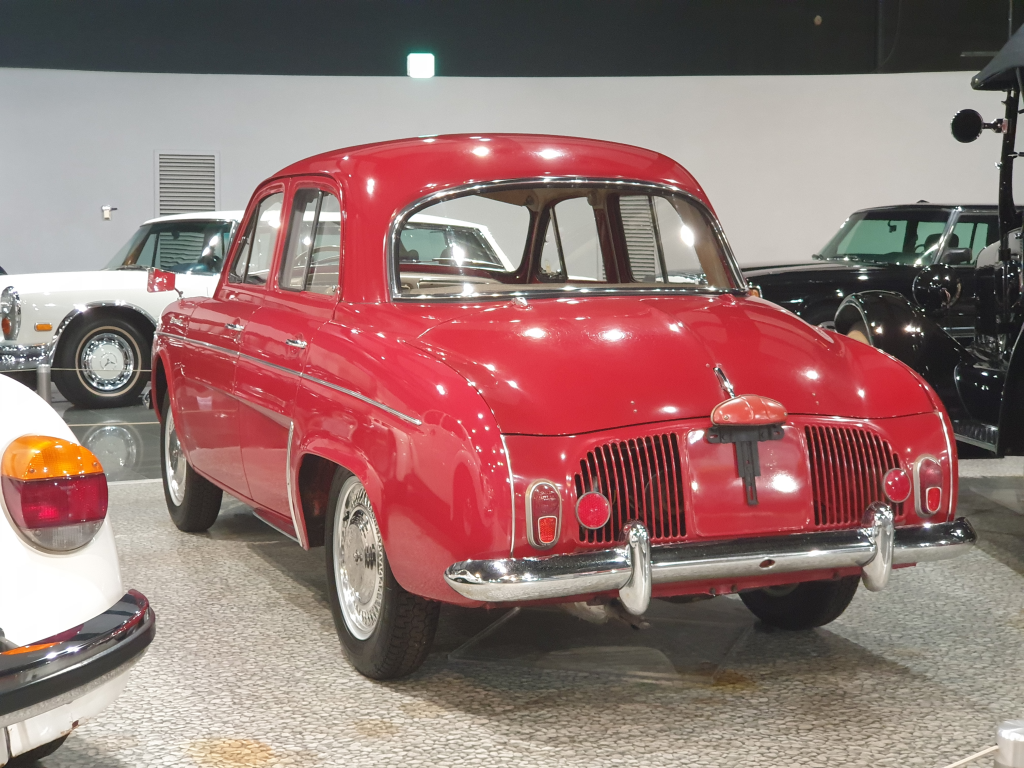
3. Renault Dauphine (American model, 1956–67)
A European bestseller that didn’t sell in America, the Dauphine’s 32-second 0–60 mph and infamous rust problems made it the laughingstock. Time magazine’s Dan Neil compared it to “the most ineffective piece of French engineering since the Maginot Line.” One New York winter would be enough to make its fenders look like lace, leading Renault to promote its replacement as “the Renault for people who swore they wouldn’t buy another one.”
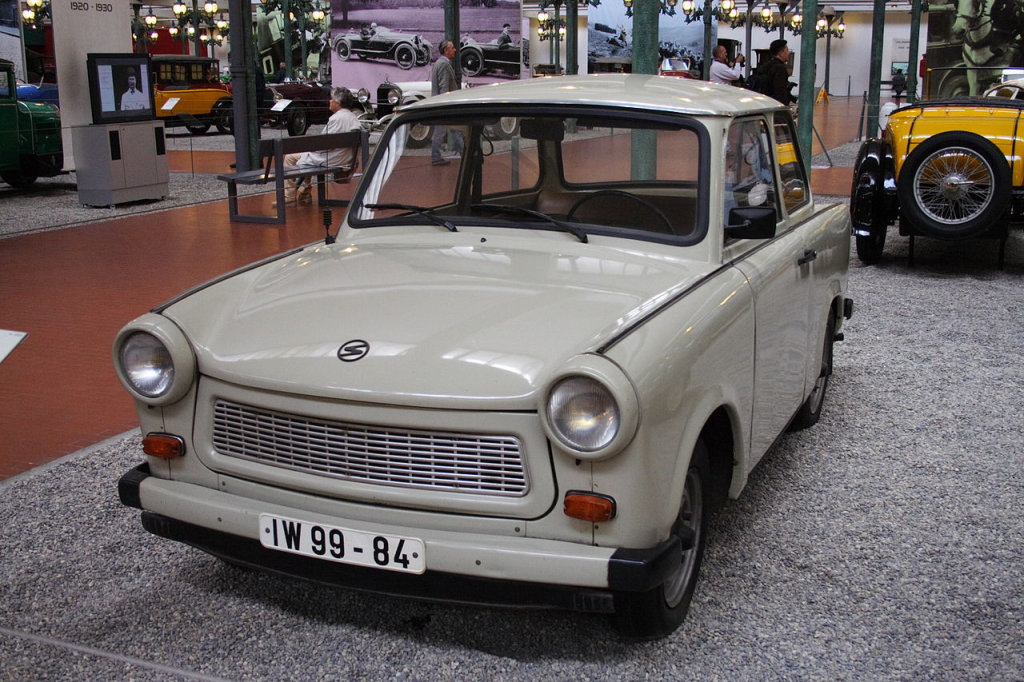
4. Trabant (1957–90)
The East German equivalent of the Volkswagen Beetle was a poster child for communist excess. With its fume-spewing two-stroke motor and duroplast body crafted from recycled matter, it was ridiculed as “the car that made communism blush.” When the Berlin Wall came down, its owners left their Trabants in the dust but today it’s retro-fetish chic as a symbol of ‘Ostalgie.’
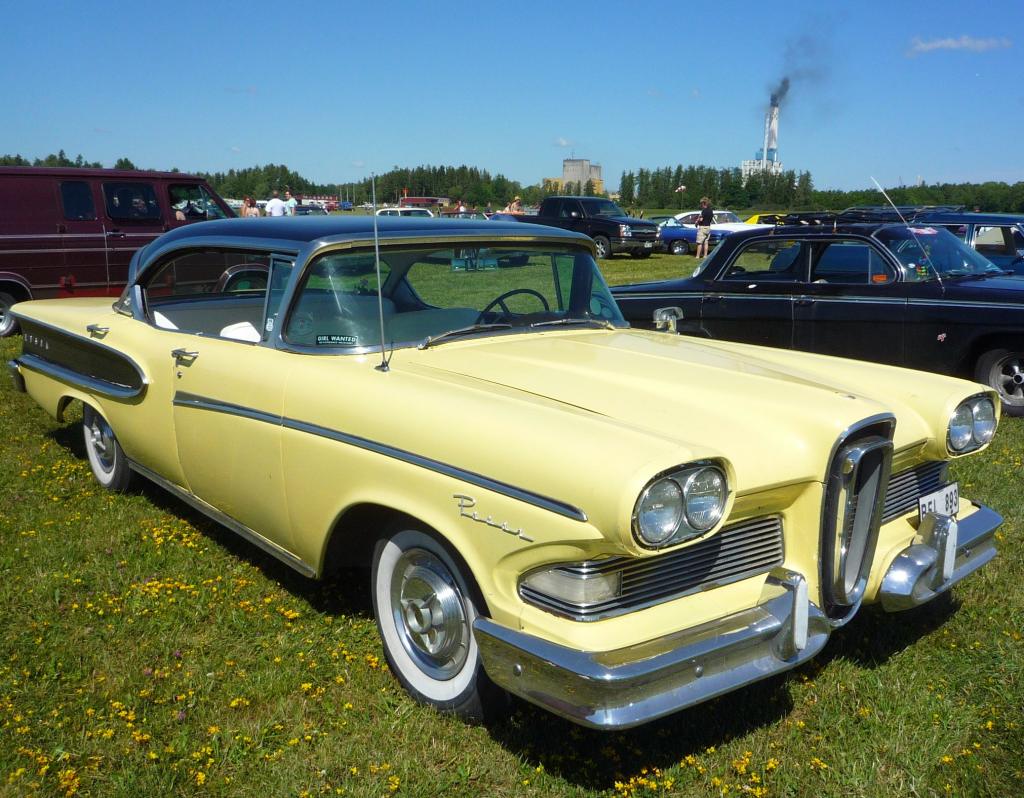
5. Edsel (1958)
Ford’s $400 million bet to capitalize on a fresh market niche folded to the demands of overpromotion, recession timing, and divisive styling. Its notorious ‘horse-collar’ grille invited negative comparison with toilet bowls, and while it introduced some new technology, slovenly build quality and behind-time marketing rendered it, in the Los Angeles Times‘ version, “the legendary flop of all automotive flops.”
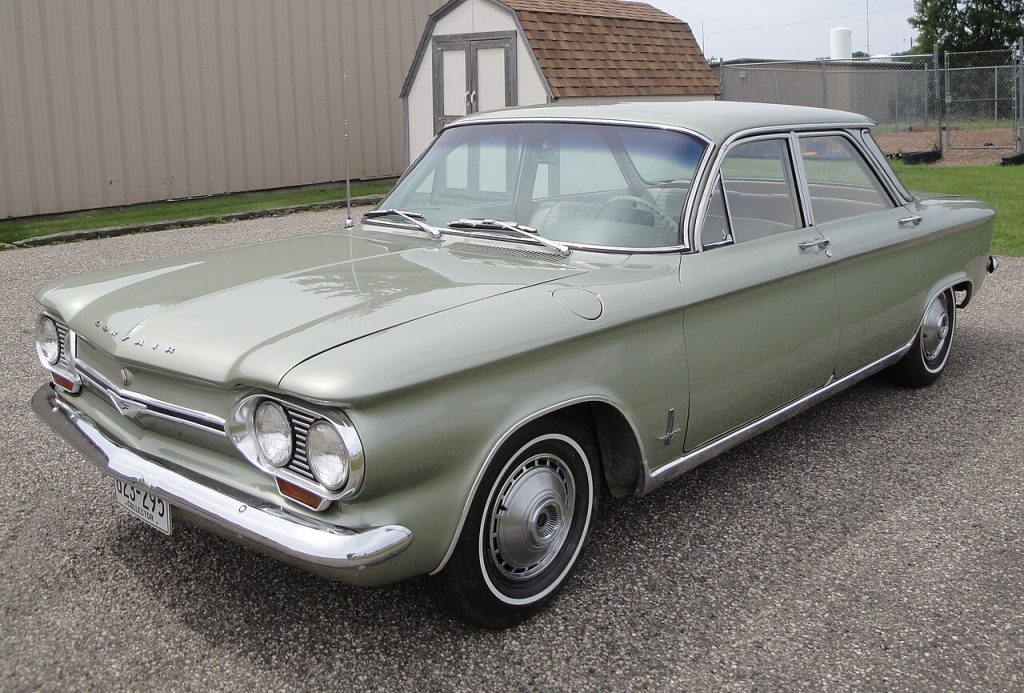
6. Chevrolet Corvair (1960–64)
Initially promoted on the basis of its engineering, the rear-engine Corvair became a target after Ralph Nader’s Unsafe at Any Speed, which blamed it for fatal handling. Internal memos later verified that GM had foregone suspension improvements to cut costs. While a subsequent NHTSA report concluded it was as good as competition, reputational damage and that of GM, as well had been done.
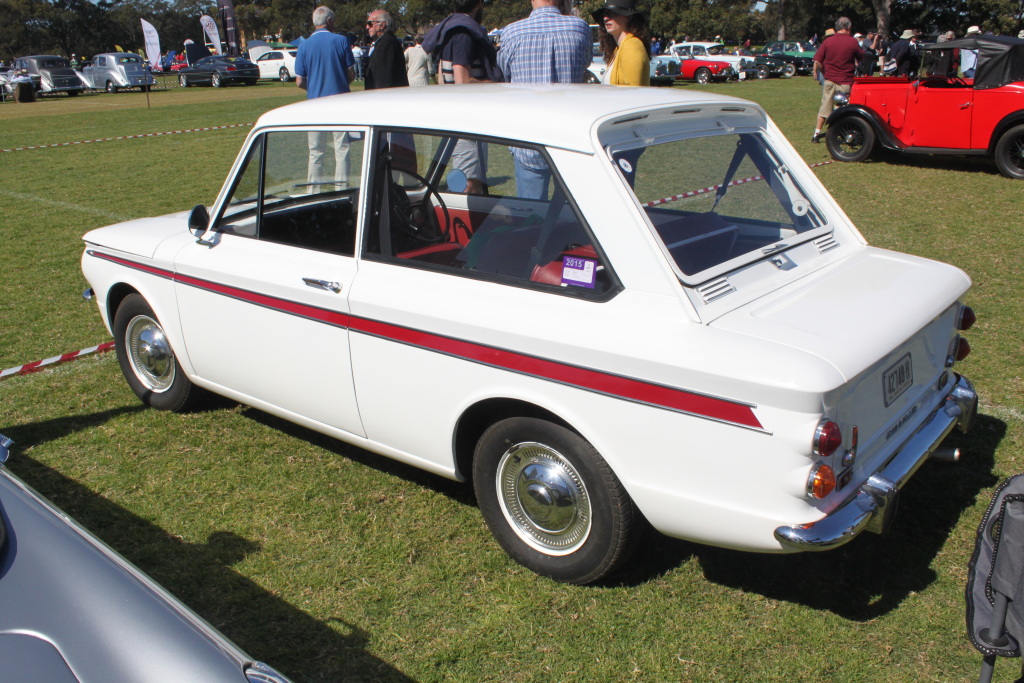
7. Hillman Imp (1963–76)
High-tech with all-aluminum powerplant and innovative packaging, the Imp still benefited from hurried development and poor quality control at its new Linwood factory. Ongoing overheating, transmission problems, and misfit body panels consigned it to commercial failure, although it still provided amenities the opposing Mini did not.
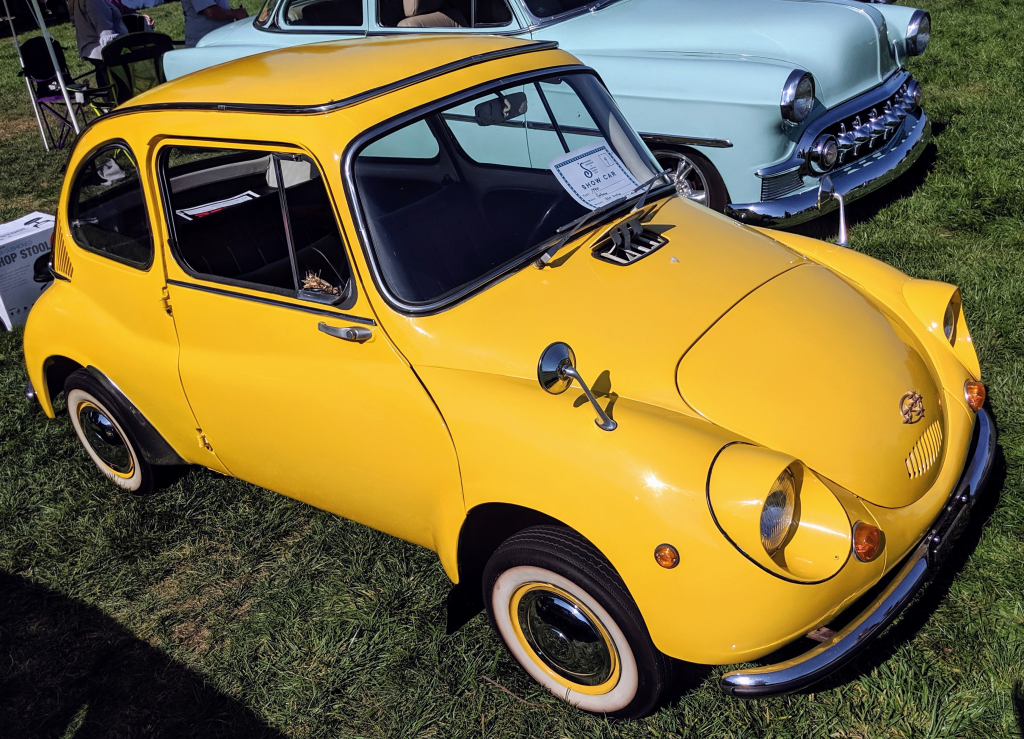
8. Subaru 360 (American version, 1968–70)
Launched by Malcolm Bricklin on the marketing slogan “Cheap and ugly does it!”, the 360’s 37.5-second 0–60 mph and catastrophic crash-test performance prompted Consumer Reports to describe it as “unacceptably hazardous.” Even leftover stock persisted for years, with urban myths of dozens of them being scrapped out in bulk.
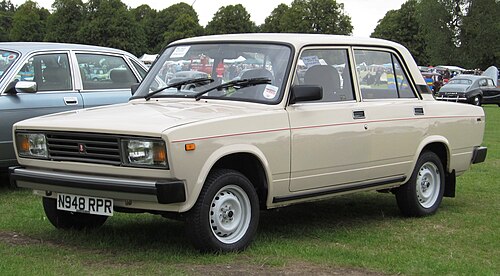
9. VAZ-2101/Lada Riva (1970–2013)
A tough Fiat 124 that was a Soviet favorite, the Lada was ridiculed in the West for poor engineering and abysmal handling. Jeremy Clarkson ridiculed it was “like a cockroach” that would live through a nuclear explosion but not water. It was mocked overseas but sold by the millions in the Eastern Bloc.
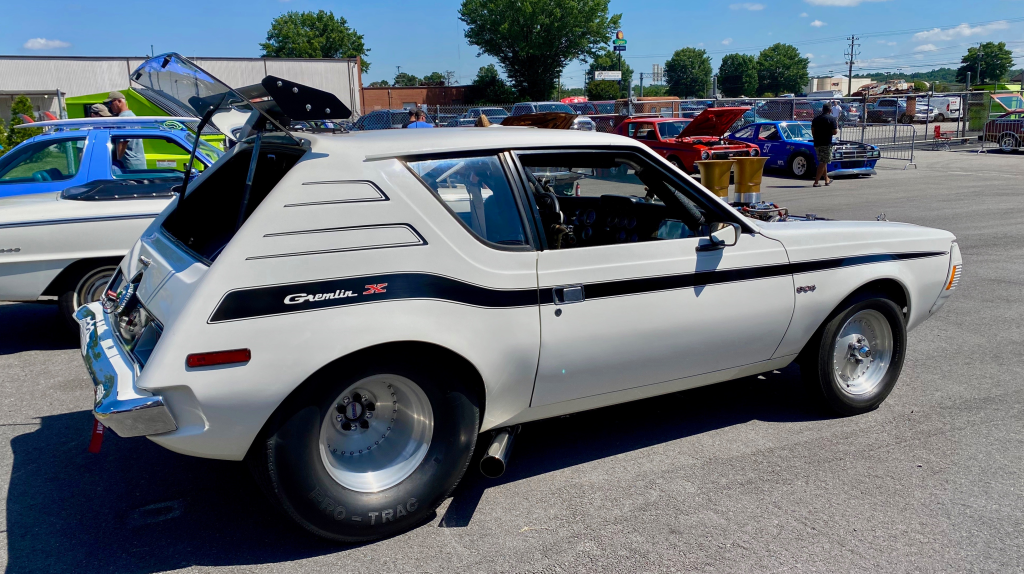
10. AMC Gremlin (1970–78)
A wrecked-up AMC Hornet in reality, the Gremlin’s strange proportions and outdated machinery invited ridicule. Time listed it among its 50 worst cars, and critics lambasted its vacuum-activated wipers and awkward handling. It sold fairly well initially, but eventually became a 1970s Detroit-era economy symbol.
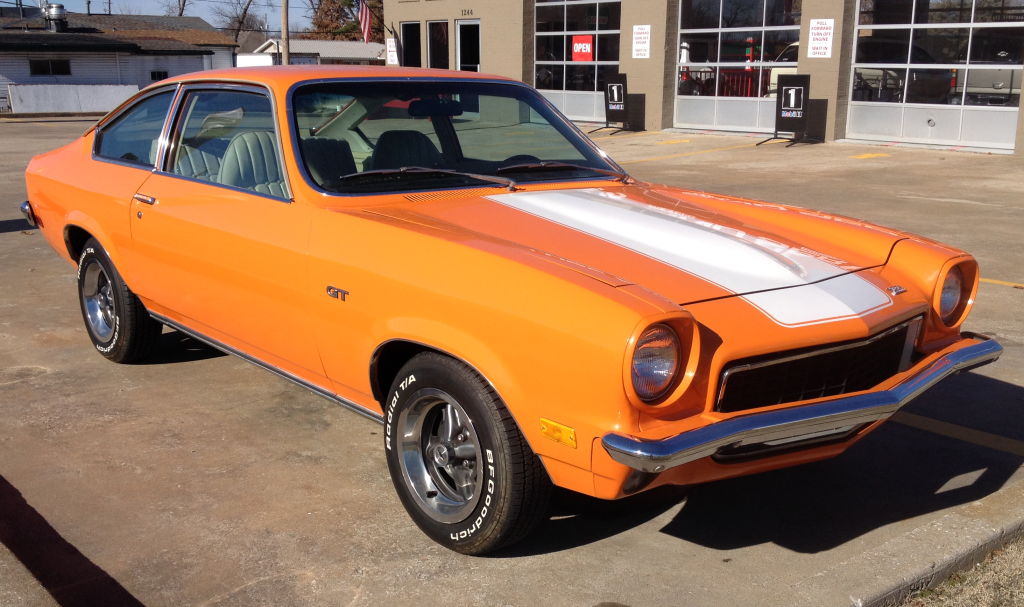
11. Chevrolet Vega (1971–77)
Praised on introduction for styling and high-end aluminum engine, the Vega soon gained a reputation for rusty bodies and disastrous engine failure. When factory quality fell so far that even junkyards refused to take them, Popular Mechanics later deemed it a catalyst in GM’s gradual decline.
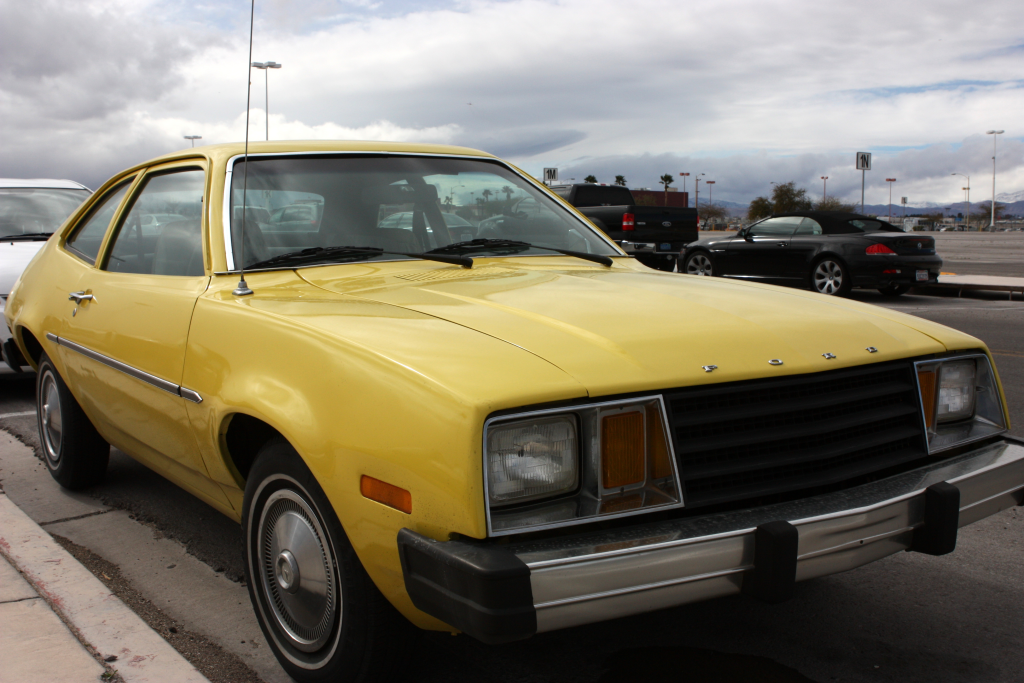
12. Ford Pinto (1971–80)
The Pinto’s fame is inseparable from the fuel-tank design, which could explode in rear collisions. Internal documents reported that Ford had calculated the cost of fixing against settling on suits. As Mother Jones‘ “Pinto Madness” put it, the resulting lawsuits and 1.5 million-car recall was a classic case of corporate malfeasance.
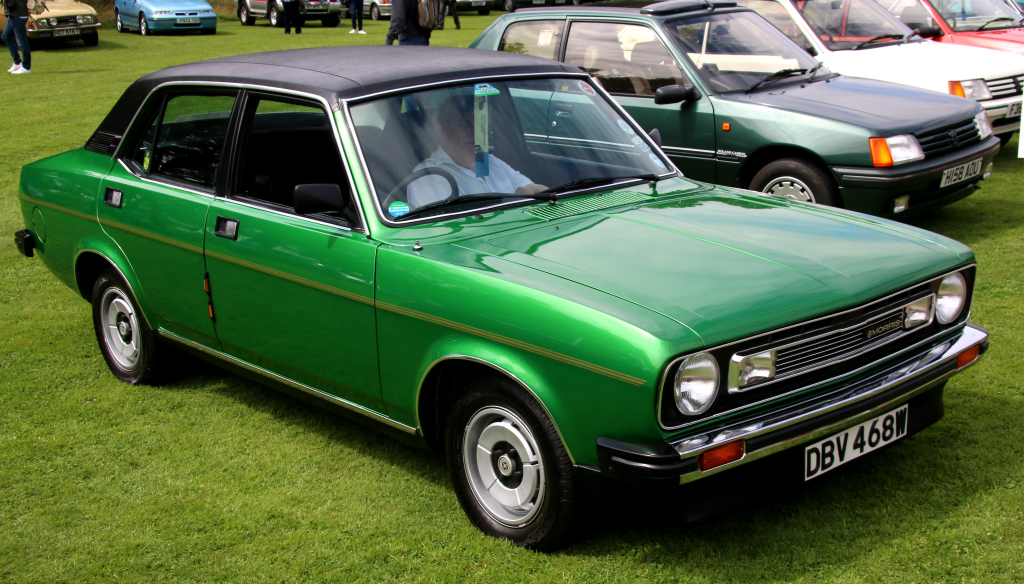
13. Morris Marina (1971–80)
Launched hastily to challenge the Ford Cortina, the Marina used antiquated parts, such as suspension from a 1948 Morris Minor. It was a high-strung driver with questionable build quality, a favorite gag of British car scribes, and also a best seller for a short period.
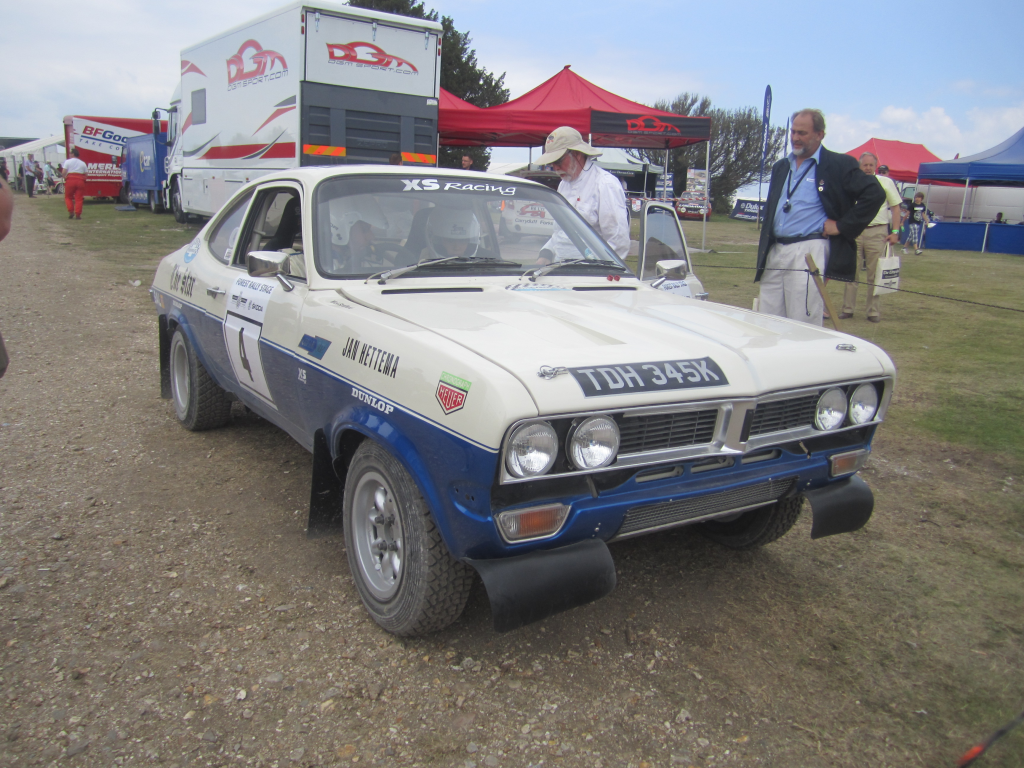
14. Vauxhall HC Viva “Firenza” (Canada, 1971–73)
Troubled by mechanical breakdowns, rust, and even random engine conflagrations, the Firenza created such indignation that owners organized the Dissatisfied Firenza Owners Association. Demonstrations outside of Canada’s Parliament and during which two vehicles erupted into flames and a deadly steering collapse resulted in the nation’s first class-action lawsuit, compelling GM into settlements.
These 14 cars are not mechanical disappointments they are cautionary tales of design short cuts, misunderstood markets, and the dangers of sacrificing quality. To car people, they are a perverse type of fascination reminders that even industry giants can produce spectacular flops, and that the legacy of a car isn’t always horsepower or looks, but occasionally smoke, rust, and remorse.
